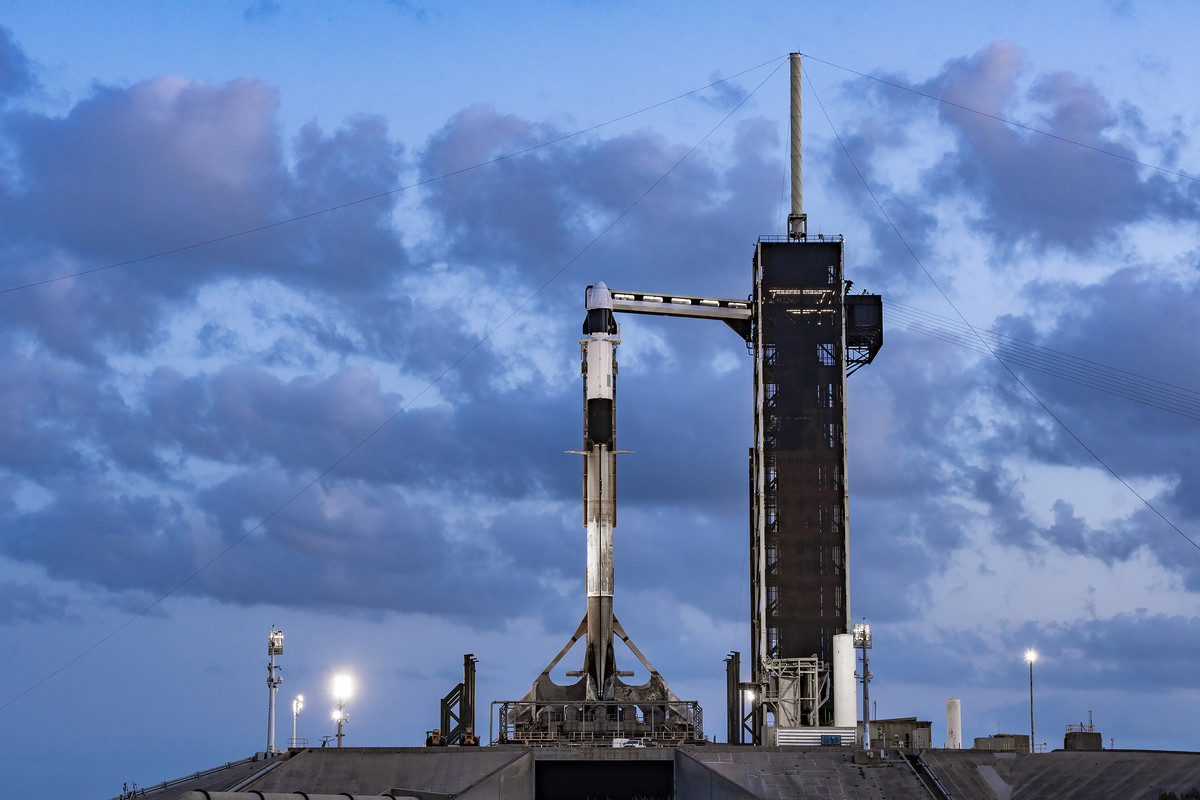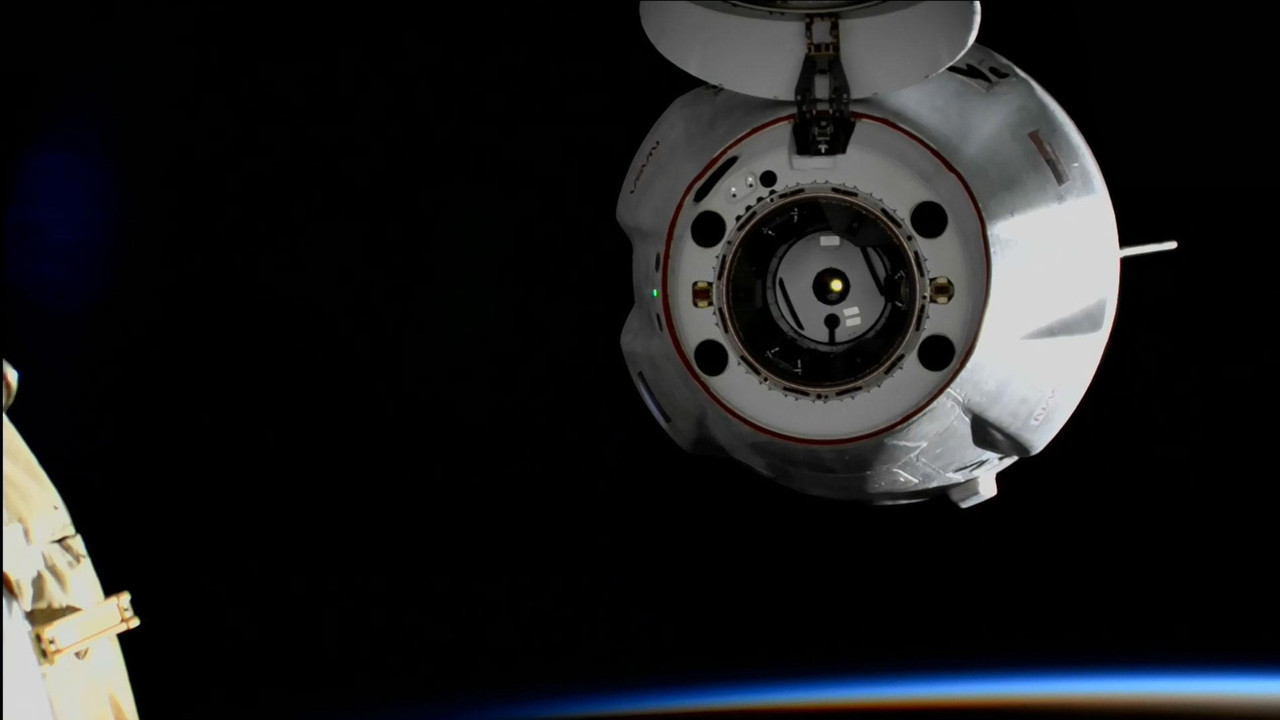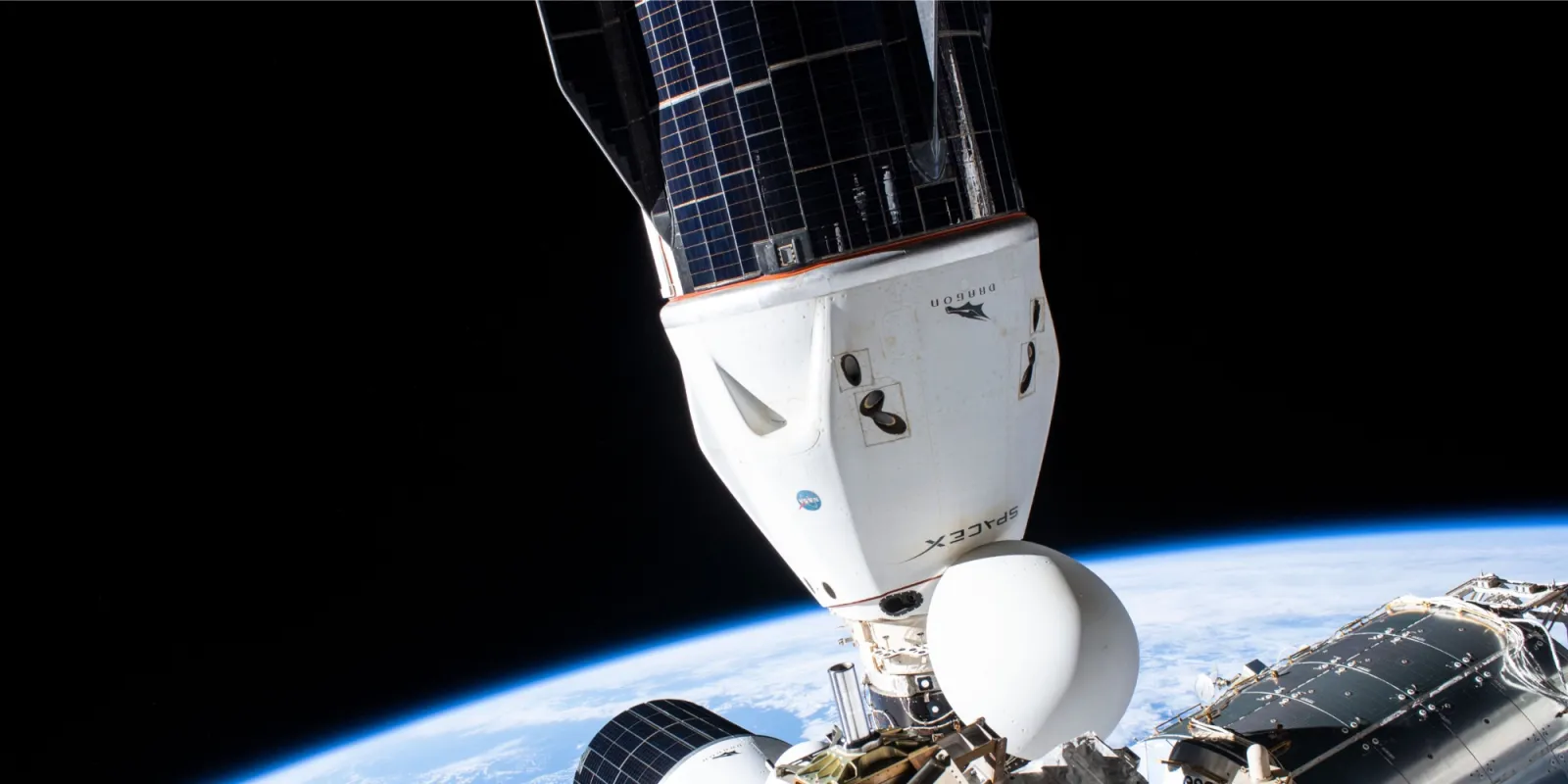NASA and its global partners will soon obtain clinical studies samples and hardware after a SpaceX Dragon spacecraft departs the International Space Station on Thursday, May 22, for its return to Earth.
Live insurance of undocking and departure begins at eleven:forty five a.M. EDT on NASA+. Learn a way to watch NASA content material thru a variety of structures, along with social media.
The Dragon spacecraft will undock from the zenith, or space-facing, port of the station’s Harmony module at 12:05 p.M. And hearth its thrusters to transport a safe distance faraway from the station beneath command through SpaceX’s Mission Control in Hawthorne, California.

After re-entering Earth’s ecosystem, the spacecraft will splash down on Friday, May 23, off the coast of California. NASA will put up updates on the employer’s area station weblog. There is not any livestream video of the splashdown.
Filled with nearly 6,seven hundred kilos of resources, science investigations, device, and food, the spacecraft arrived at the distance station on April 22 after launching April 21 on a Falcon 9 rocket from Launch Complex 39A at NASA’s Kennedy Space Center in Florida for the corporation’s SpaceX thirty second industrial resupply services task.
Some of the clinical hardware and samples Dragon will go back to Earth encompass MISSE-20 (Multipurpose International Space Station Experiment), which uncovered various materials to area, inclusive of radiation defensive and detection materials.
Sun sails and reflective coatings, ceramic composites for reentry spacecraft research, and resins for potential use in warmness shields. Samples have been retrieved at the exterior of the station and may enhance expertise of how these substances reply to ultraviolet radiation, atomic oxygen, charged debris, thermal biking, and different elements.

Additionally, Astrobee-REACCH (Responsive Engaging Arms for Captive Care and Handling) is returning to Earth after correctly demonstrating grasping and moving skills on the space station. The REACCH demonstration used Astrobee robots to capture area objects of different geometries or surface materials the use of tentacle-like arms and adhesive pads.
Testing a manner to securely seize and relocate particles and other gadgets in orbit ought to assist address stop-of-existence satellite servicing, orbit change maneuvers, and orbital particles removal. These skills maximize satellite lifespan and shield satellites and spacecraft in low Earth orbit that offer services to humans on Earth.
Books from the Story Time from Space venture also will go back. Crew contributors aboard the gap station examine five science, generation, engineering, and arithmetic-associated children’s books in orbit and videotaped themselves completing technological know-how experiments. Video and records collected throughout the readings and demonstrations were downlinked to Earth and have been posted in a video library with accompanying instructional materials.
Hardware and information from a one-12 months era demonstration called OPTICA (Onboard Programmable Technology for Image Compression and Analysis) also will return to Earth. The OPTICA era become designed to develop transmission of actual-time, ultra-high-resolution hyperspectral imagery from space to Earth.
It furnished precious insights for information compression and processing that might lessen the bandwidth required for verbal exchange, reducing the cost of obtaining information from area-primarily based imaging structures with out lowering the quantity of information. This generation additionally may want to enhance offerings, including disaster reaction, that depend upon Earth observations.
For more than 24 years, people have lived and worked constantly aboard the International Space Station, advancing clinical knowledge, and carrying out critical research for the gain of humanity and our home planet. Space station research helps the future of human spaceflight as NASA seems closer to deep space missions to the Moon under the Artemis marketing campaign and in coaching for destiny human missions to Mars, as well as increasing business possibilities in low Earth orbit and beyond.

